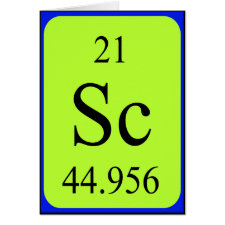
Authors: Kitayama Y, Yoshikawa K, Takeuchi T
Article Title: Post-Cross-Linked Molecular Imprinting with Functional Polymers as a Universal Building Block for Artificial Polymeric Receptors.
Publication date: 2017
Journal: Macromolecules
Volume: 50
Issue: (19)
Page numbers: 7526-7534.
DOI: 10.1021/acs.macromol.7b01233
Abstract: A post-cross-linked molecular imprinting (PC-MI) technique utilizing a functional polymer (FP) with interacting and post-cross-linking groups was developed to create molecularly imprinted polymeric (MIP) receptors. Molecular recognition cavities were formed in the cross-linked polymer matrix by a posteriori cross-linking of the FP with template molecules using photoirradiation. These cavities could be easily tuned to recognize the target molecules by changing the template using a common FP as a universal building block. Thus, precise chiral recognition cavities were successfully created using PC-MI and optimizing the molar ratio of the functional groups between the FP and the target molecules, which suppressed the nonspecific binding of the off-target molecules. Furthermore, the morphology of the MIPs could be changed from bulk to particles. This study provides a facile and efficient synthetic route for MIPs with tailor-made properties. Thus, PC-MI can be utilized to create molecular recognition elements for purification, hygiene control, disease diagnosis, and sensors
Template and target information: atrazine, bisphenol A, BPA, ketoprofen



Join the Society for Molecular Imprinting

New items RSS feed
Sign-up for e-mail updates:
Choose between receiving an occasional newsletter or more frequent e-mail alerts.
Click here to go to the sign-up page.
Is your name elemental or peptidic? Enter your name and find out by clicking either of the buttons below!
Other products you may like:
 MIPdatabase
MIPdatabase









